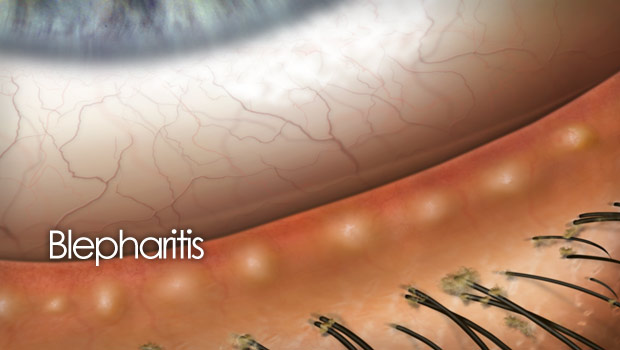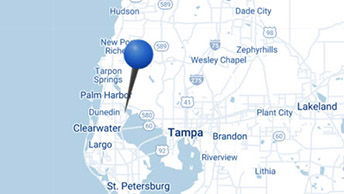Blepharitis
What is blepharitis? Blepharitis, also known as granulated eyelids, is a common condition that causes inflammation of the eyelids. The […]


Blepharitis
What is blepharitis? Blepharitis, also known as granulated eyelids, is a common condition that causes inflammation of the eyelids. The […]
What is blepharitis?
Blepharitis, also known as granulated eyelids, is a common condition that causes inflammation of the eyelids. The condition can be difficult to manage because it tends to recur.
What causes blepharitis?
This condition occurs in two forms:
- Anterior blepharitis affects the outside front of the eyelid, where the eyelashes are attached. The two most common causes of this are bacteria (Staphylococcus) and scalp dandruff.
- Posterior blepharitis affects the inner eyelid (the moist part that makes contact with the eye) and is caused by problems with the oil (meibomian) glands in this part of the eyelid. Two skin disorders can cause this form of granulated eyelids: acne rosacea, which leads to red and inflamed skin, and scalp dandruff (seborrheic dermatitis).
What are the symptoms of blepharitis?
Symptoms of either form of this eye condition include a foreign body or burning sensation, excessive tearing, itching, sensitivity to light (photophobia), red and swollen eyelids, redness of the eye, blurred vision, frothy tears, dry eye, or crusting of the eyelashes on awakening.
What other conditions are associated with blepharitis?
Complications include:
- Stye: A red tender bump on the eyelid that is caused by an acute infection of the oil glands of the eyelid.
- Chalazion: This condition can follow the development of a stye. It is a usually painless firm lump caused by inflammation of the oil glands of the eyelid. Chalazion can be painful and red if there is also an infection.
- Problems with the tear film: Abnormal or decreased oil secretions that are part of the tear film can result in excess tearing or dry eye. Because tears are necessary to keep the cornea healthy, tear film problems can make people more at risk for corneal infections.
How is blepharitis treated?
Treatment for both forms involve keeping the lids clean and free of crusts. Warm compresses should be applied to the lid to loosen the crusts, followed by a light scrubbing of the eyelid with a cotton swab and a mixture of water and baby shampoo. Because this condition rarely goes away completely, most patients must maintain an eyelid hygiene routine for life. If the condition is severe, an eye care professional may also prescribe antibiotics or steroid eyedrops.
When scalp dandruff is present, a dandruff shampoo for the hair is recommended as well. In addition to the warm compresses, patients with posterior blepharitis will need to massage their eyelids to clean the oil accumulated in the glands. Patients who also have acne rosacea should have that condition treated at the same time.
Other Resources
The following organizations may be able to provide additional information on this eye condition:
American Optometric Association
243 N. Lindbergh Boulevard
St. Louis, MO 63141
(314) 991-4100
http://www.aoanet.org
Publishes an information sheet called Answers to your questions
American Academy of Ophthalmology
P.O. Box 7424
San Francisco, CA 94120-7424
(415) 561-8500
Distributes a fact sheet for patients. The fact sheet is available in both English and Spanish.
For additional information, you may wish to contact a local library.
See also…






